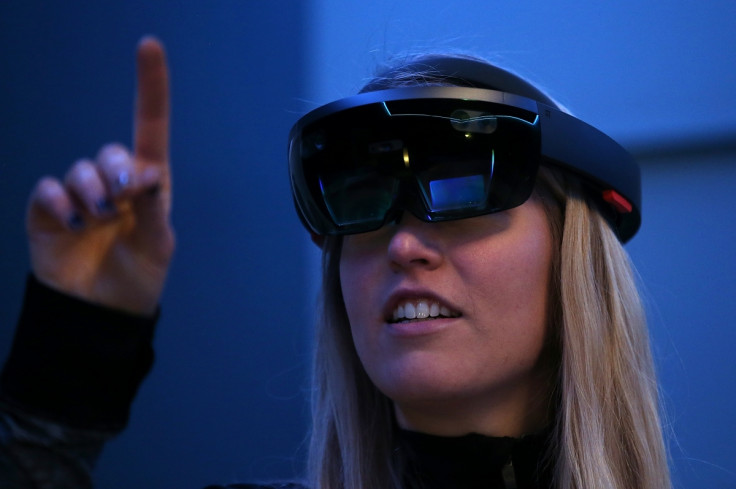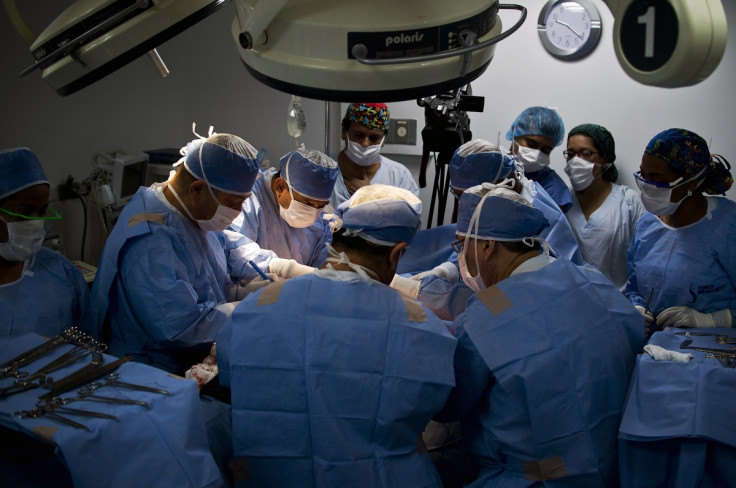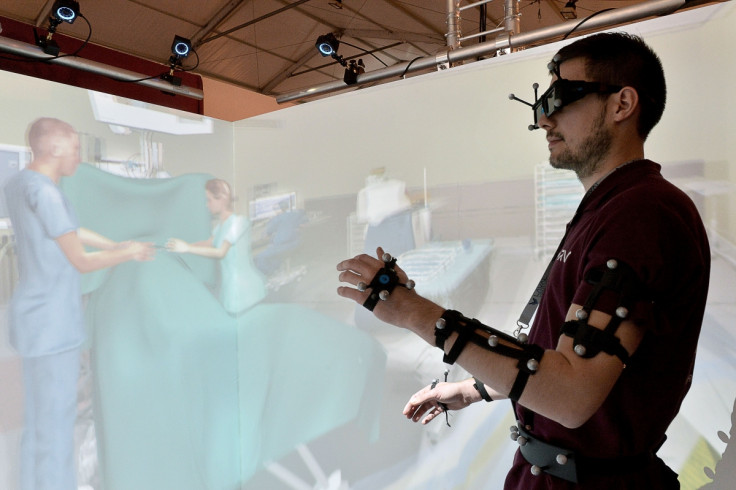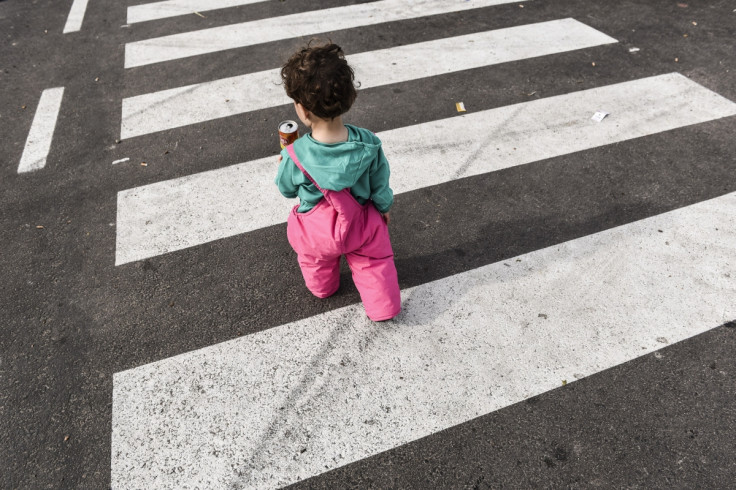Beyond Entertainment: 5 ways Virtual Reality is helping shape healthcare of tomorrow

Virtual Reality headsets have gained traction ever since the launch of the Oculus Rift earlier this year and have already caught the imagination of consumers and the media alike. With the introduction of premium headsets like HTC Vive and some reasonably economic ones from Samsung, Huawei, LG etc the demand for these products has grown.
Unlike popular belief, virtual reality hasn't cropped up all of a sudden; rather the platform has been developed and modified ever since its inception in the 1960s. In fact, those experiencing VR headsets for the first time are amazed by the immersive games they bring to the table, but virtual reality isn't all about gaming or entertainment. On the contrary, it shows potential in playing a game changing role in many industries including the much complex healthcare sector. Here are five uses of VR that are already in practice in the health industry.
Hands-on Surgical Training
More often than not, aspiring doctors fail to receive proper hands-on surgical training and are left with the only option of assisting their seniors or professors in surgery to help gain practical knowledge of the procedure. Virtual Reality provides these doctors with the option of practising these operations on simulators where every movement of their hands is accounted for. It not only teaches them the nuances of operating on a patient in an emergency condition, but also helps them understand the exact angle and pressure needed to operate on any organ during surgery.

In a recent development, a team of doctors led by Dr Shafi Ahmed, a renowned cancer surgeon at Barts Health NHS Trust, UK, hosted the world's first virtual reality (VR) operation to teach the procedure to thousands of medical students worldwide. Incidentally, Dr Ahmed is one of the co-founders of a healthcare startup, Medical Realities, which is trying to help improve the training of medical students by using augmented reality (AR) and virtual reality (VR).

Virtual therapies to counter phobia
Virtual Reality plays a key role in the treatment of patients with mental disorders by creating a virtual environment. Besides, it is also useful for treating patients suffering from various phobias by making them encounter situations they fear on a daily basis.
Rehabilitation of patients with autism
Autism is a brain developmental disorder that is characterised by impaired social interaction and verbal and non-verbal communication. Often those with the condition are confused about the world around them and are unable to do simple tasks. To counter this, many technology-based therapies using computers as mediators have been developed and are being used for treating these patients.

One such therapy developed by a team of researchers from The University of Haifa, Israel, makes use of recent developments in virtual reality to create a scenario in which an autistic child is trained to cross a road safely. The simulation apparently recreates the virtual environment of a busy road with a traffic signal and a zebra crossing.
To help autistic persons deal with their social attention problems, a virtual reality system has been developed in the US that makes use of a head mounted display that recreates the environment of a mock classroom consisting of a teacher, fellow students and a presentation board. Interestingly, these virtual 3D avatars disappear as soon as the child loses attention or looks away from the presentation slide.
Dental surgeons now use virtual drills

Just like all cosmetic and reconstructive surgeries, most dental surgical procedures require high levels of precision and aesthetics. So, in order to help budding dental surgeons, a new virtual reality device dubbed hapTEL (haptics in technology-enhanced learning) has been developed. The system is a collaborative work between dental surgeons at Guy's Hospital and technical developers from Reading and Birmingham City University.
To make use of hapTEL, the students use VR glasses that produce a 3D jaw on the computer screen in front of them and a drill that's based on haptics, a tactile feedback technology. This virtual drill can sense touch and the degree of force in the virtual reality environment.
Imparting emergency training to healthcare professionals
A medical emergency scenario is yet another area that can benefit from this evolutionary technology. This is more critical in developing countries like India and China where there is a dearth of trained emergency medicine doctors. By utilising the improvements in VR, the patient's family can now be trained regarding the nuances of an emergency situation along with requisite measures they need to take. The same is being used for training medical professionals especially surgeons and para-medical staff by making them conduct emergency procedures in a virtual environment.

© Copyright IBTimes 2025. All rights reserved.






















